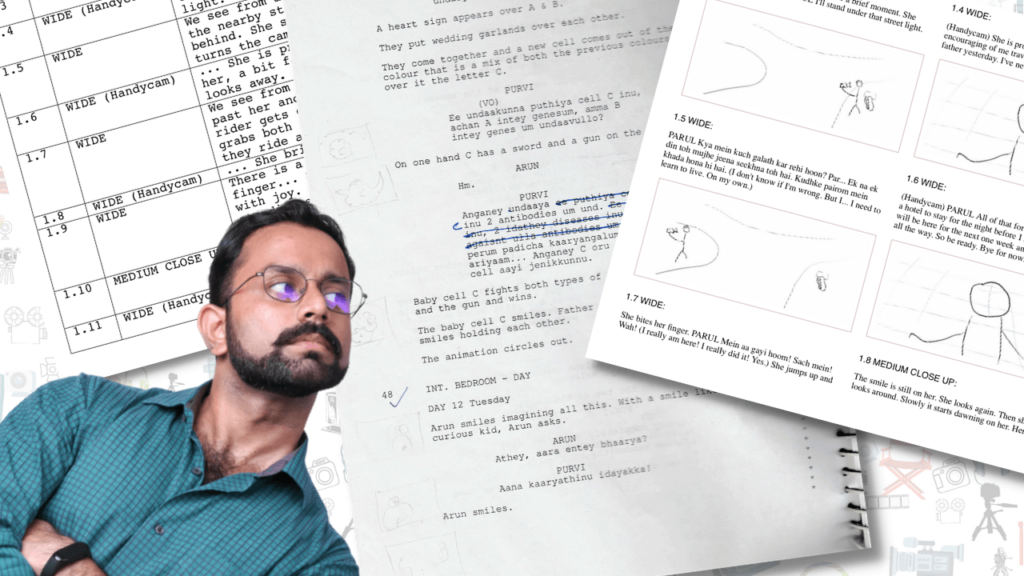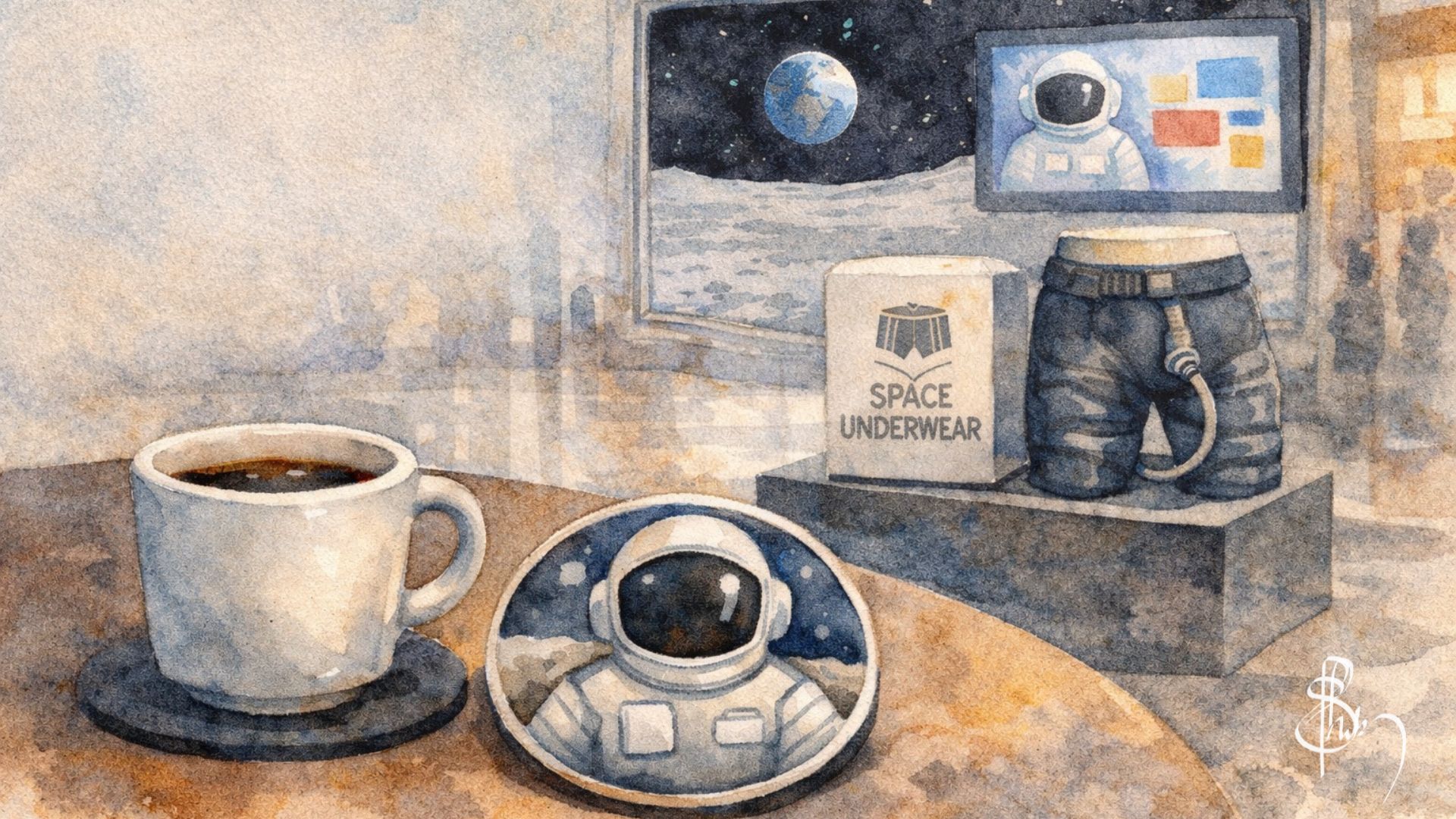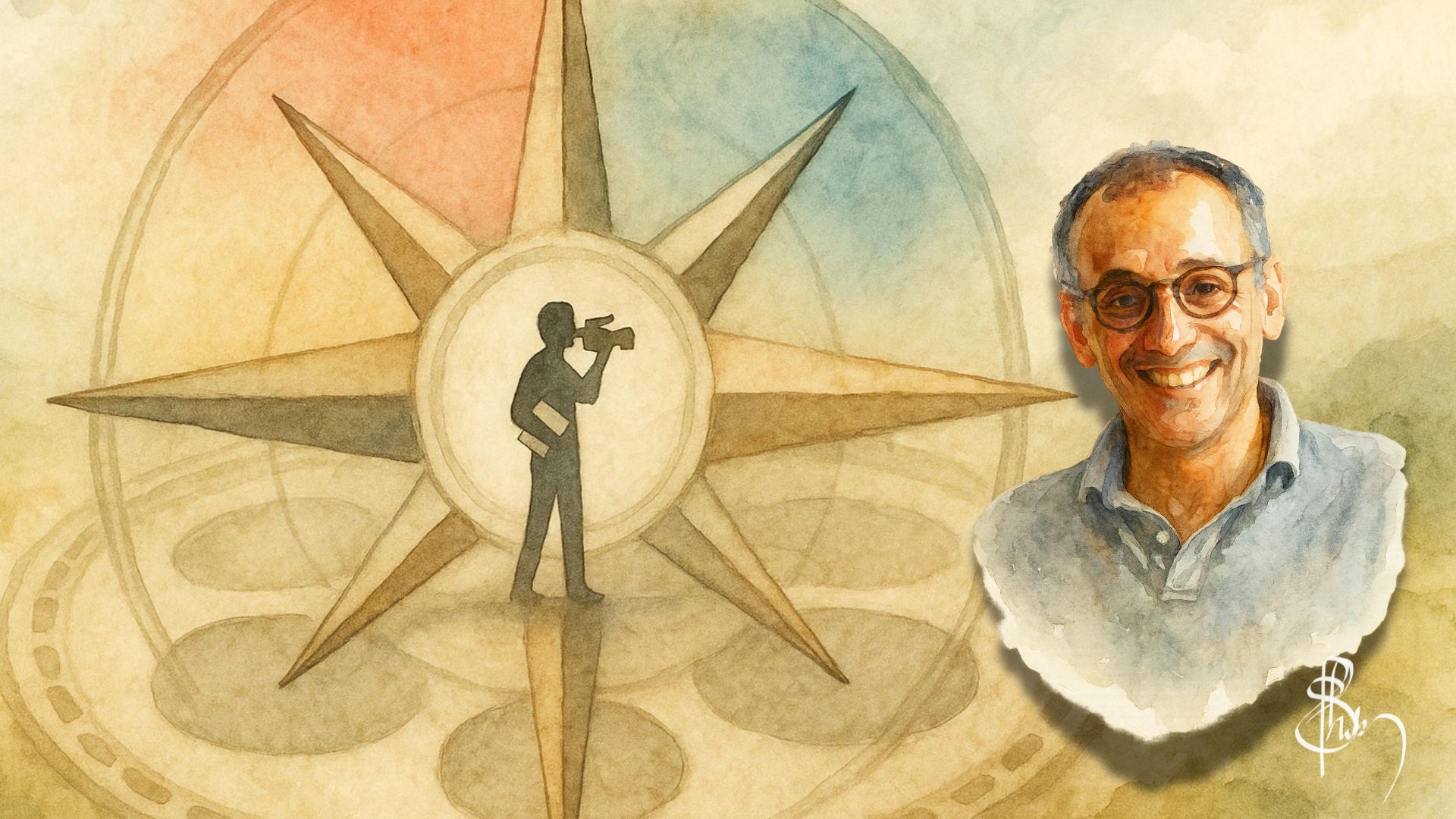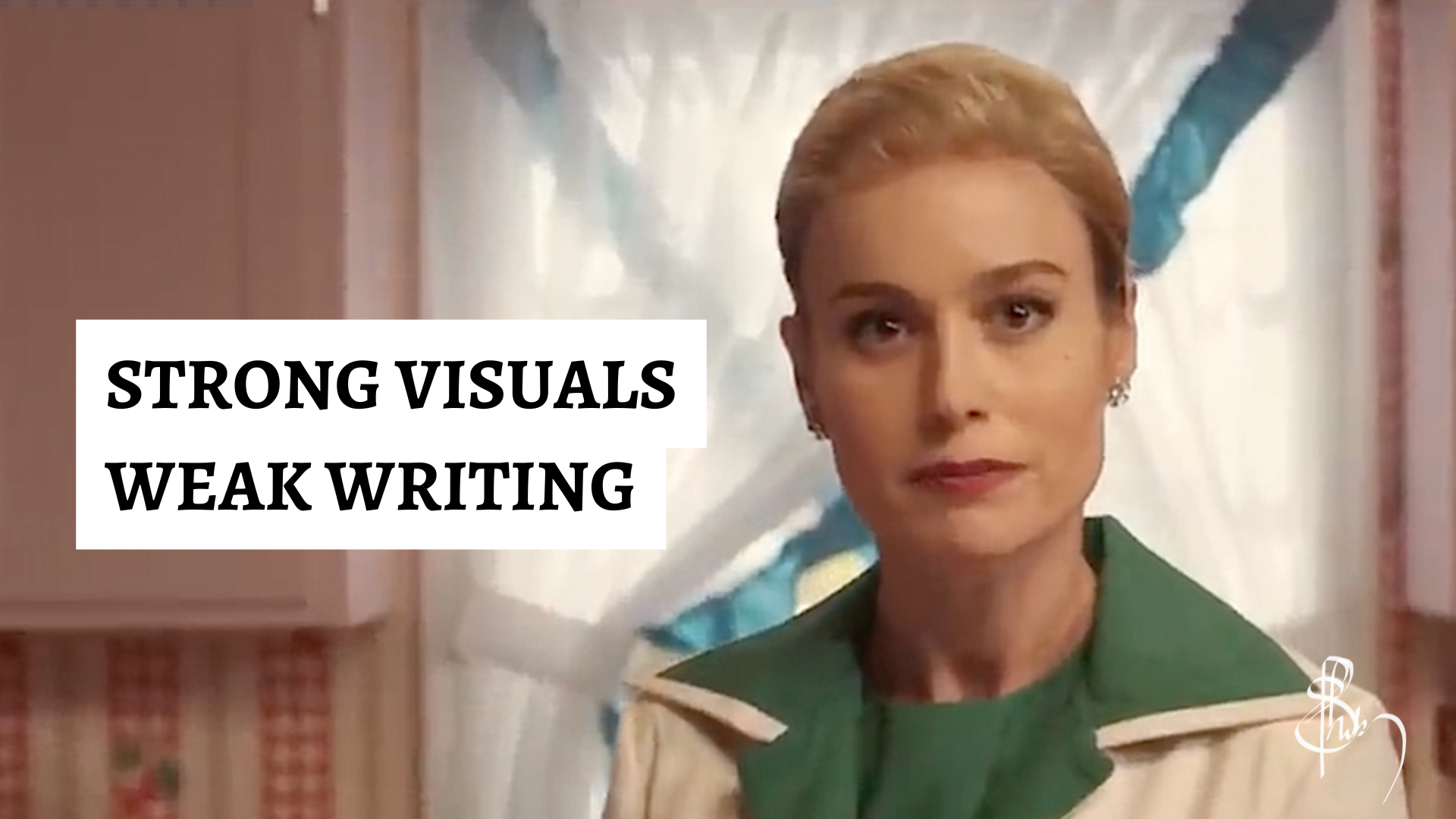I used to find it stressful to go on set and shoot a scene. I was always wondering if I had gotten all the shots I needed, if the scene will cut well together, if I will look like an amateur, if I will fail as a film director. Then I figured out that with a certain level of planning, I can shoot a scene with just one camera very easily. Now I have a relaxed and easier time on set. I am confident that I can shoot any scene with one camera because I found a way that works for me that I’m going to break down for you today.
Hi and welcome back. If you are new here I am Ashik Satheesh, the writer and director of Munnariv (2020), Kerala’s (India) first iPhone feature film. On this channel, we learn the intricacies of how to tell great stories and thereby make the world a better place, one story at a time.
This is a follow-up article. Previously in How to Film a Scene with One Camera we discussed the pros and cons of shooting a scene in just one shot, and what can happen if you miss shots on set. If you haven’t seen that then read that first. In this article we will break down for you the planning of a shoot with just one camera using a shooting script, shot lists and storyboards.
If you want a video or podcast version of the same in Malayalam, check here.
Shooting Script
One of the first ways I learned to plan a shoot with one camera was by using shooting scripts. A shooting script is your script broken into each shot. If I had a master shot I would write Master Shot and all the things that had to be captured in that shot. Similarly, I did this for every shot I needed.
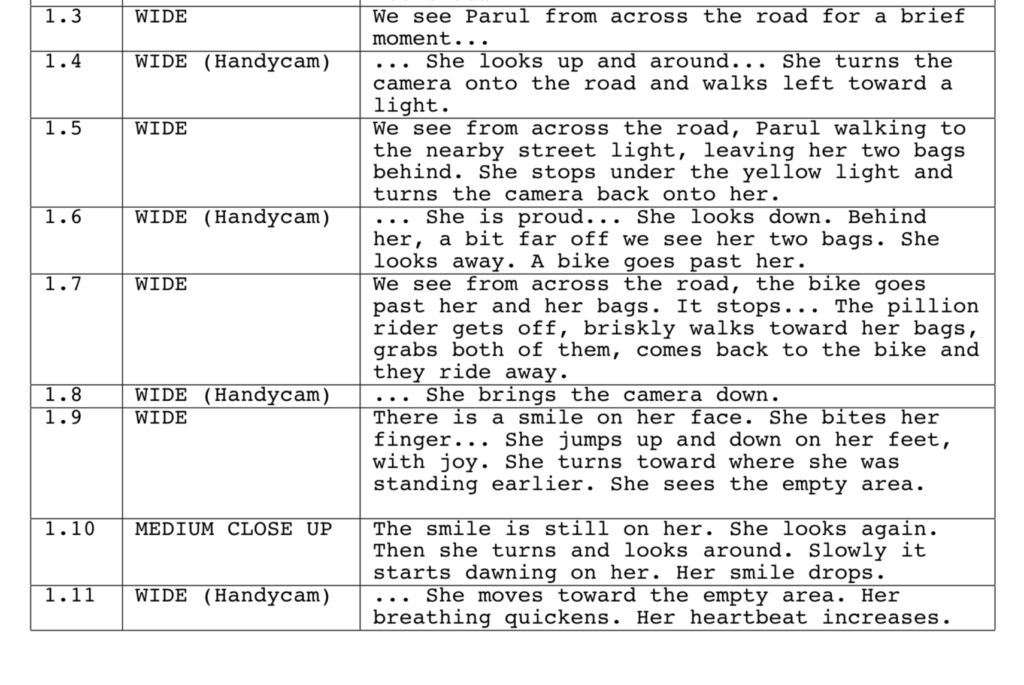
As you can imagine this was tedious and took too much of my time whenever I had to reorganise shots. The advantage of this method was that it was a much more intuitive approach. I could read the shooting script and see all visuals in my head. Another variation of this is what is called a Shot List. The difference is that it only lists the shots to be captured without the dialogue or action alongside it. I have tried that too, but even that was too verbose for me to go with onset.
Storyboard
Then I tried storyboarding. I would storyboard an entire script from start to end. It would have rough sketches of the shot and below it, it would be the lines of dialogue or action. The sketches would be just stick-figure diagrams but it helps me get out what is in my head. This works quite well for me. I could see how the final film would play out.
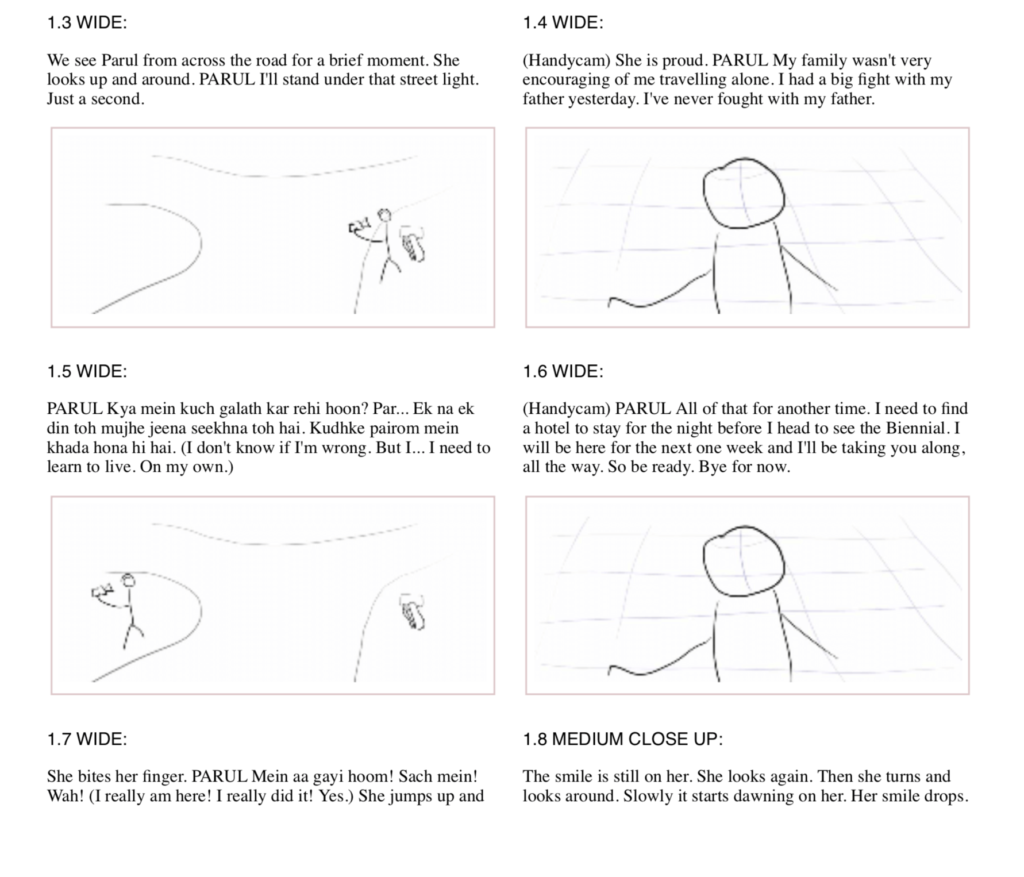
The problem with storyboarding is that it is even more time-consuming than creating a Shooting Script. Storyboards for a short film it was easy to create. It could be done in three or four days. But storyboarding an entire feature film is going to take months. Moreover, the shots are usually replaced on set. They are more of placeholders to capture the ideas in my head, to enable me to discuss them with the crew. Most of the time the storyboard might not be how the film finally ends up looking. So documenting each of the shots that I have in my head, even if it was just stick figures, would take up a lot of time in preproduction.
That said one place where storyboards do have a lot of value is for VFX and action-heavy scenes. Here is an example of an animated storyboard from Iron Man 3.
Planning a Feature Film Shoot with One Camera
For my debut feature film Munnariv (2020) I did a combination of the above two. What I did was on the day of the shoot I would take the print copy of the scene and on the side, I would draw stick figure diagrams. I did this for all the shots needed for that particular day. This in time essentially became a storyboard. This helped me see in visuals what the shots would look like. And because it is drawn just beside the script I also knew the action and dialogues like in the shooting script.
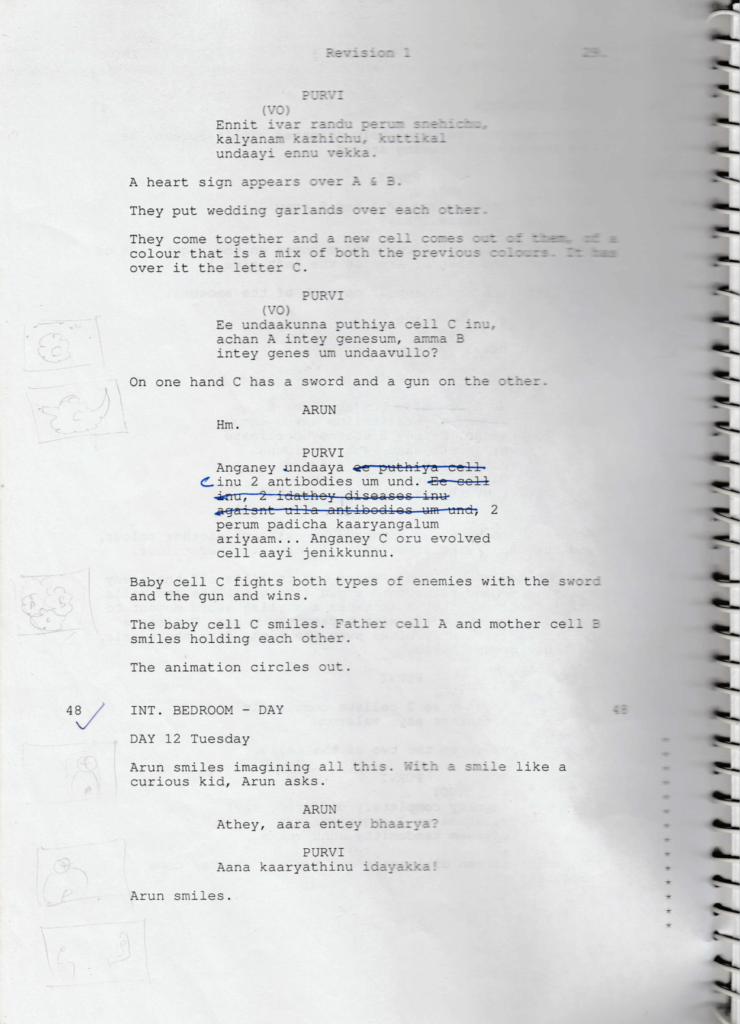
Munnariv by design was supposed to have a very limited number of shots. We did not have the budget for a lot of shots. The more shorts you need, the more time it’s going to take to capture it. And the more production budget you are going to need. Hence this approach of very minimal sketches drawn on the side of the script worked for Munnariv. For my next film, I might have to find a different approach.
The Best Way of Planning a Shoot with One Camera
So what is the best way? What I learned through all these experiments is to become aware of my way of thinking and what works for me. This is what I hope you will also be able to do now that you know what took me years to learn. You cannot get good at communicating your ideas by only listening to me, or reading a book, or watching videos on YouTube. You have to go on set and practice.
What should you practice? Practice communicating your ideas with your teammates and see what works for you and them. Try these methods out. See what works best for you. It is your responsibility as the director to have a clear vision of what the project will be like, and to be able to clearly communicate that vision to your team. If I can do it, then you can too.
If you liked this article then I definitely recommend signing up for my email newsletter. Once every week I send filmmaking tips like these that other aspiring filmmakers are finding very useful as well. Thanks for reading, and see you in your inbox.
Hey Aspiring Filmmaker,
I debuted my film career making a feature film for ₹5 lakhs ($7,000) on an iPhone. I’d like to help you do the same. So I wrote everything I learned into a book. It is now available on Amazon, called The Indian Indie Film (or Make Your Film for rest of the world). Enjoy!

